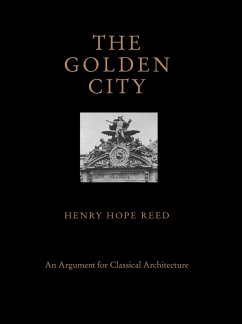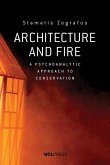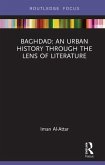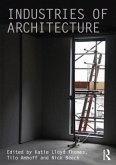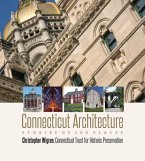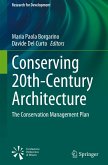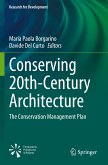A controversial manifesto on the role of classical principles in architecture critically examined for relevance today. First published in 1959, The Golden City is a seminal, critical document that developed one of the earliest and most compelling arguments against the then-dominant hegemony of modernism by reawakening interest in the value of our country's built patrimony, particularly with respect to its notable classical architecture, classical sculpture, and ornament in the built environment. The book's argument remains valuable today. The Golden City can be credited with building the constituency for the preservation movement in the United States in general, and in New York City in particular. That constituency coalesced around Reed's powerful polemic, eventually contributing to the formulation in 1965 of New York City's groundbreaking Landmark Law, one of the most important milestones in the preservation movement in the United States.
Bitte wählen Sie Ihr Anliegen aus.
Rechnungen
Retourenschein anfordern
Bestellstatus
Storno

